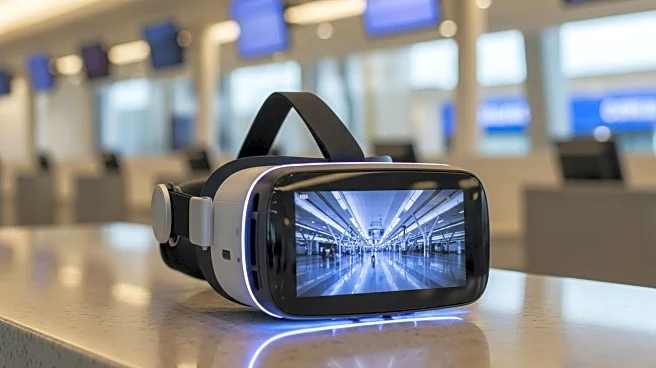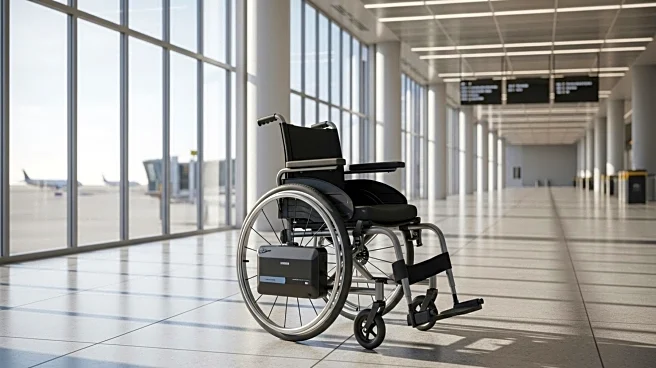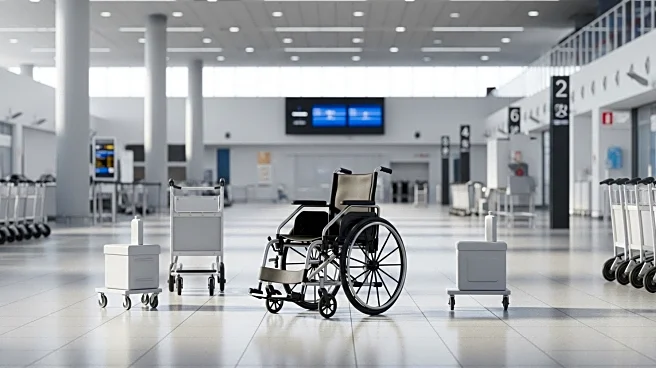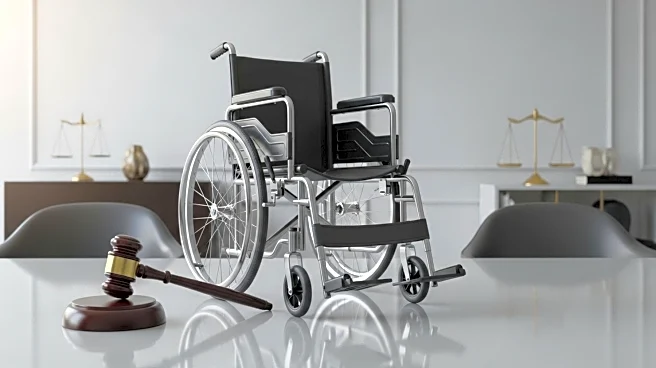What is the story about?
What's Happening?
Southwest Airlines has announced new restrictions on the use of lithium-powered batteries in mobility devices, effective next Thursday. Passengers will be required to remove the batteries from their wheelchairs and other mobility aids before boarding. This decision comes in response to safety concerns associated with the potential fire hazards posed by lithium batteries. The airline aims to mitigate risks and ensure passenger safety during flights. This policy change reflects a growing trend among airlines to address the challenges posed by lithium battery technology, which, while essential for many devices, can pose significant safety risks if not properly managed.
Why It's Important?
The new restrictions by Southwest Airlines highlight the ongoing challenges faced by the airline industry in balancing safety with accessibility. Lithium batteries, while crucial for powering mobility devices, have been known to overheat and catch fire, posing a serious risk on flights. This policy could impact passengers who rely on these devices for mobility, potentially complicating travel plans for individuals with disabilities. The airline's decision underscores the need for continued innovation in battery technology to ensure both safety and accessibility. It also raises questions about how airlines can better accommodate passengers with special needs while maintaining stringent safety standards.
What's Next?
As the new policy takes effect, Southwest Airlines may face scrutiny from disability advocacy groups and passengers who rely on mobility devices. The airline will need to ensure clear communication and provide adequate support to affected passengers to minimize disruptions. Other airlines may also consider similar measures, prompting a broader industry discussion on how to safely integrate lithium battery technology into air travel. Additionally, there may be calls for regulatory guidance or technological advancements to address the safety concerns associated with lithium batteries in mobility devices.
AI Generated Content
Do you find this article useful?













